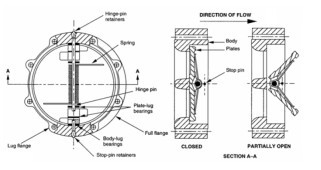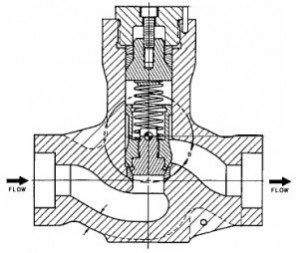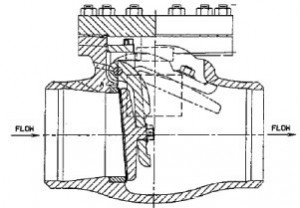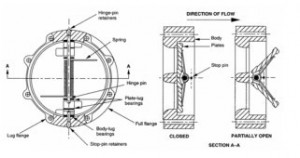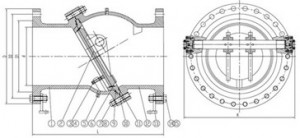Application of Plastic Valve in Industrial Piping and Requirements
The advantages of using plastics are constantly being discovered. Over the past few years, there has been a dramatic increase in the application of plastic valves and piping systems in areas where metal valves were thought to be the only solution. So plastic or metal? It should consider valve base seal test, valve seal test, valve strength test, long term valve test, fatigue test and operating torque test by using reasoble method and standard, to compare cost performance of plastic valve and metal valve.
There are many types of plastic valves.Include Ball valves,Butterfly valves,Needle valves,Drain valves, Float valves, Gate valves, Globe va lves, knife valves (similar structure with gate), pinch valves, Check valves, Poppet valves, Plug or stop-cock valves, Diaphragm valves, Directional valves , Diverter valves. Other types of plastic valves include shut off valves, solenoid valves, sanitar valves or hygienic valves, sampling or dispensing valves, and toggle valves.
Selecting plastic valves requires an analysis of performance specifications, actuation methods, and connection types.
Performance specifications include valve size, pressure rating, number of ports or ways, media temperature, and valve flow coefficient. Suppliers specify valves according to metric or English (imperial) measurements.
Some plastic valves are actuated manually, by a hand wheel or crank, or with mechanical devices such floats and cams. Others are actuated by electric, pneumatic, electro-hydraulic, or electro-hydraulic methods.
Connection types for plastic valves can be many. Examples include compression fittings, bolt flanges, clamp flanges, union connections, tube fittings, butt welds, and socket welds. Plastic valves with internal or external threads for inlet or outlet connections are also available.
Nowadays Plastic valves are been used for following application:powders, rendering wastes, sludge, slurry, ash slurry, coolants, hazardous materials, liquid metal,wastewater, gasoline, diesel fuel, lubricants, air and compressed air, hot and cold water, salt water,high viscosity fluids, hydraulic fluid liquefied petroleum gas (LPG), natural gas, abrasive materials, acids, and adhesives.
